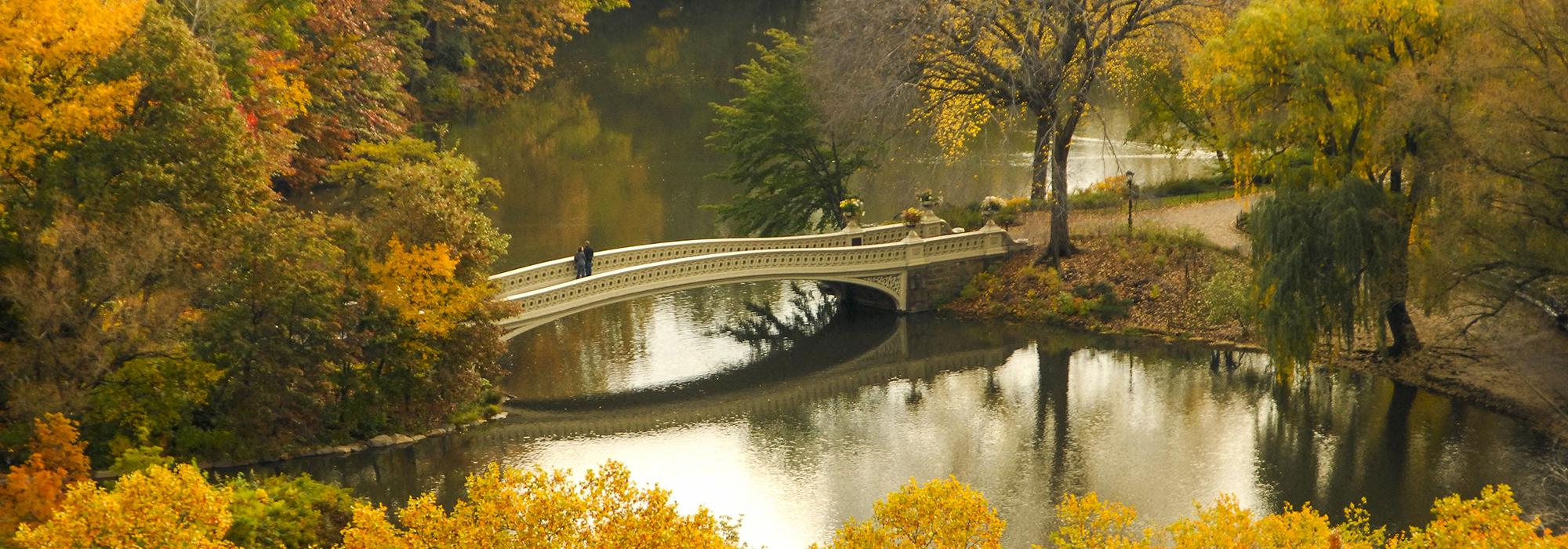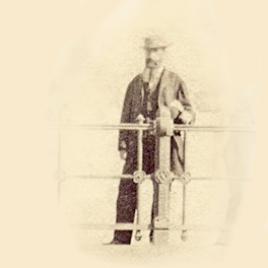Pioneer Information
Born in St. Agatha, Austria, Pilat studied horticulture at the University of Vienna while working for the university’s botanical gardens. He later served as a gardener’s assistant for Baron Charles von Hugel, one of Europe’s premier horticulturalists, in the Heitzing Gardens near Vienna. Pilat designed the estate grounds of Austrian foreign minister Prince Klemens von Metternich, and was appointed assistant gardener in the Imperial Royal University Botanical Garden in 1846. After settling in Dalton, Georgia in 1848, Pilat designed the landscape for Liberty Hall in Crawfordville, Georgia, and served as chief gardener of a nearby estate until he returned to Vienna to become director of the botanical gardens in 1852. While there he published an elementary botany text and a small landscape gardening book. Pilat returned to the U.S. in 1856, and was soon appointed chief landscape gardener of Central Park. Pilat spent the last thirteen years of his life enhancing the park’s plant collection. During the Civil War, Frederick Law Olmsted, Sr., assigned primary responsibility for the park to Pilat when he was away. The construction of the northern portion of the park was completed by Pilat in Olmsted’s absence. Pilat has also been credited with the planting design for the park’s 38-acre Ramble. In 1868 he prepared detailed planting plans for the new Prospect Park. After Vaux left Central Park, he continued practicing privately with Pilat. Pilat prepared a plan implemented from 1867 to 1870 for Mount Morris Park (now Marcus Garvey Park), his design remaining largely intact until the 1930s. In 1870 he became chief landscape architect in the New York City Department of Parks, assisting with the redesign of Madison Square Park and Washington Square Park, and preparing plans for the Battery (now Battery Park) and City Hall Park. He died of tuberculosis in New York City at the age of 50.












